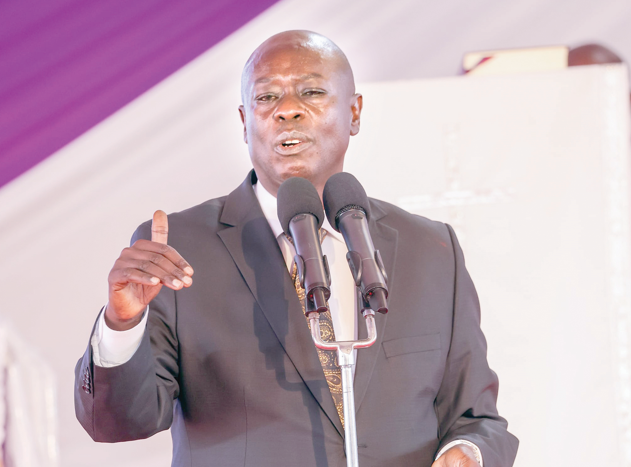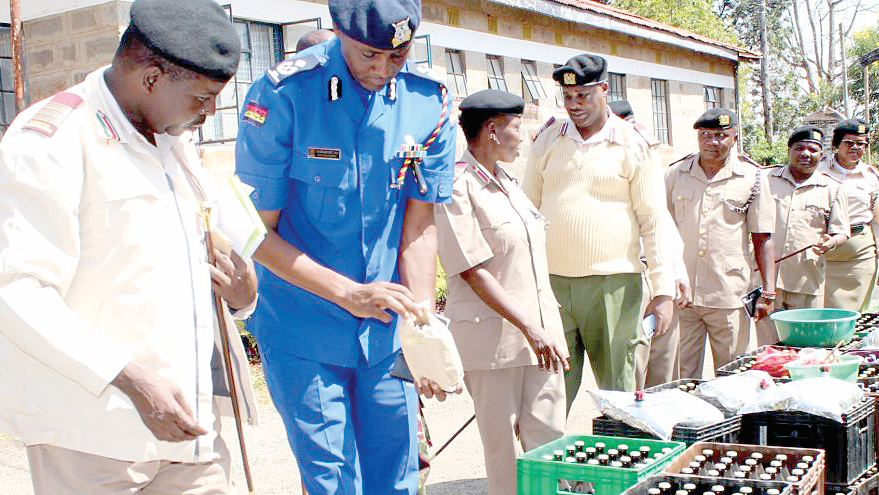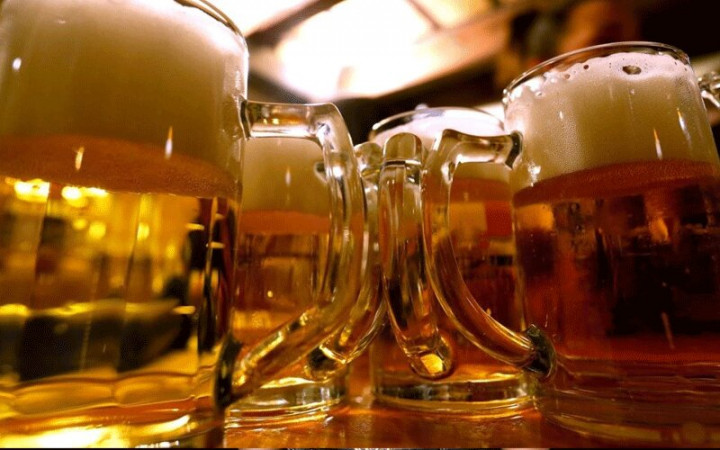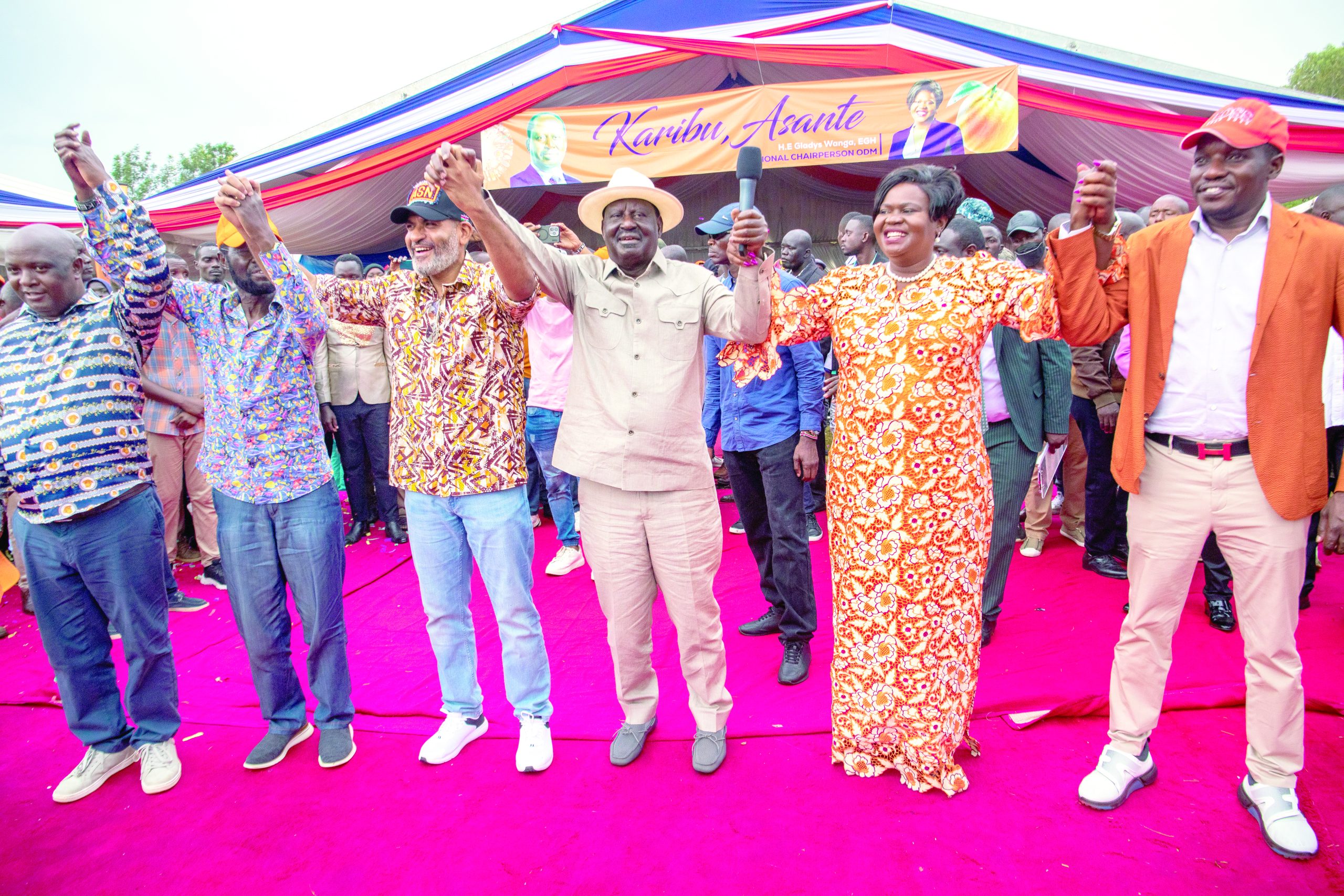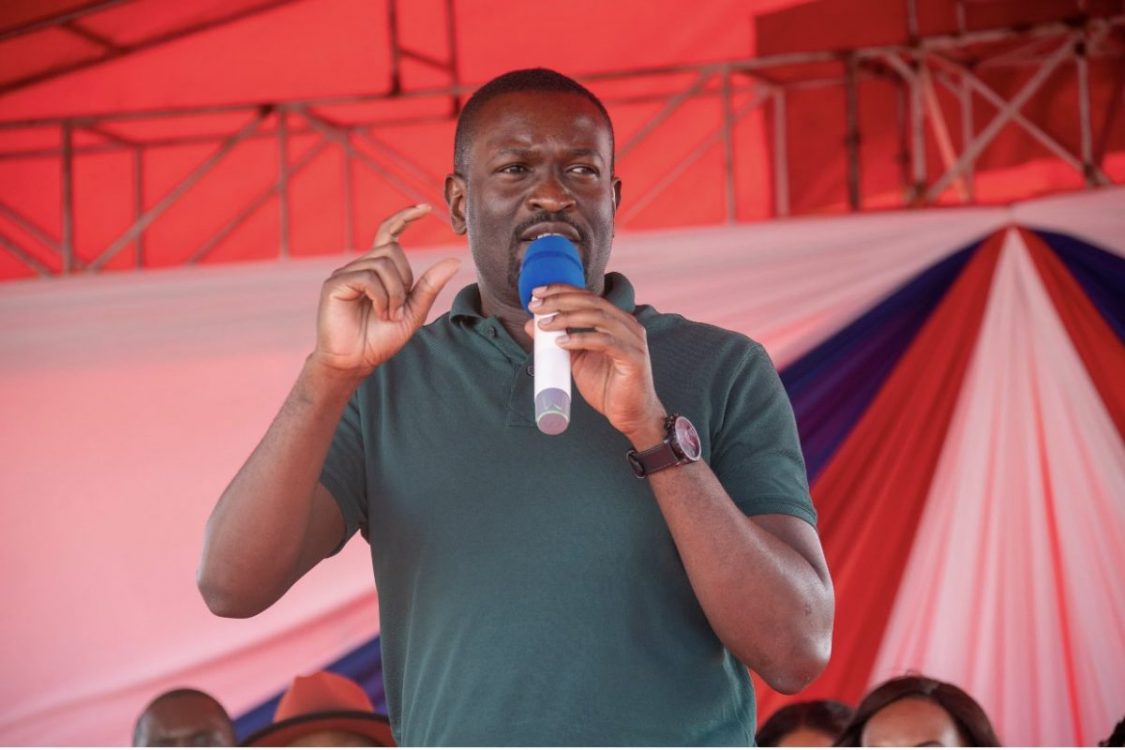Kenyans outdrink East Africans, spending Sh74 billion on alcohol
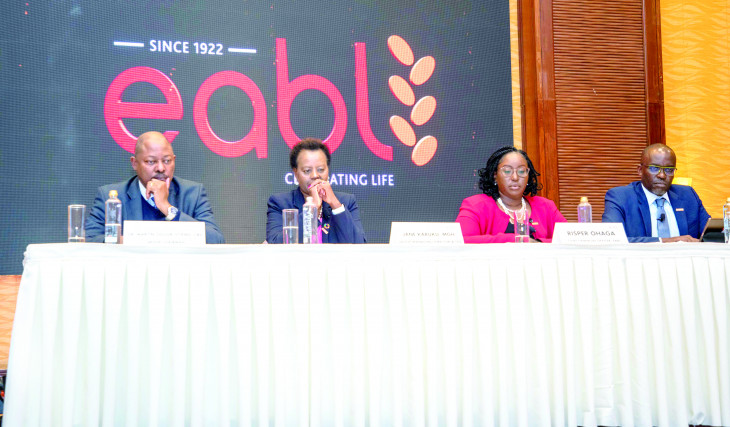
Kenyans have been drowning in alcohol in the last one year either because they had disposable income or as an escape route to the economic hardships they have been facing.
Besieged by the current economic downturn triggered by the Covid-19 pandemic, they turned to the bottle, helping to drive East African Breweries Limited (EABL) revenues.
According to the just-released full-year results for the period ended June 30 2022, EABL — with subsidiaries in Kenya, Tanzania and Uganda — sold alcohol worth Sh109.7 billion.
Out of this, 68 per cent, or about Sh74.4 billion was bought by Kenyans. Uganda delivered 18 per cent of the sales, while the Tanzanian market accounted for 14 per cent. Kenya, Uganda and Tanzania grew by 30, 24 and 21 per cent respectively.
This amount of money is conservative, given that there are a number of small commercial brewers and microbreweries throughout the country producing cheap spirits. For a manufacturer who faithfully collects and remits excise duty on a 250ml bottle of vodka or brandy, the Sh120 retail price would barely cover production costs, even before their product leaves the factory floor.
Speaking to the People Daily, Ken Munyua, a psychologist said the drinking was an indication that either people have money, or all is not right.
“Remember, it is the political season and there is a possibility that people are getting money they had not planned for, and that is a hypothesis for me. Similarly, they could also be drinking their stress out,” Kinyua said.
Last year, the Independent Electoral and Boundaries Commission (IEBC)uncapped campaign spending limits, giving politicians a blank cheque to dish out money at will. With slightly a week remaining until the August 9 polls, media reports indicate that banks are facing an acute shortage of small denomination notes of Sh100 and Sh200, usually used by aspiring politicians to bribe voters.
In other parts of the country, manufacturers including London Distillers Kenya (LDK) have discovered a trend where politicians and campaigners have resorted to buying alcohol during their campaigns, some, they believe is uncontrolled and detrimental to the welfare and health of the consumers.
“It is a trend noted by distributors and manufacturers countrywide that there is an uptick in the consumption of alcohol, some of it illegal. It not only denies the consumer the quality products they deserve, but also denies Kenya Revenue Authority (KRA) its rightful share in terms of revenue,” says a senior manager at the company.
In the case of the spirits market, the biggest advantage for a manufacturer comes from avoiding the steep sin taxes the government levies on alcoholic products—evasion that leaves the exchequer with an average of Sh12 billion per year in lost revenue.
In the past one year, Kenyans have endured torrid economic times, with the cost of living worsening in the last two years, driven by increase in prices of fuel and basic commodities including wheat, sifted maize flour, bread and cooking oil among others. This, in addition to a congested school calendar that has seen many parents struggle to pay fees, raking up arrears by the month.
Unable to provide for their families, they have been driven to low esteem, with many seeking refuge in alcohol, a problem that manifests mainly amongst men who are forced to depend on their wives.
“The poor drink excessively because they are unemployed, unable to educate their children and unable to fulfill other responsibilities that money can fulfill,” said Paul Mbatia, a sociologist in an earlier interview with a local daily.
“With the youth flocking most campaign rallies across the country, it is possible that organiser find it necessary to supply them with alcohol that is not regulated and below standard,” says the LDK manager.
A 2019 report by the World Cities Culture Forum put the number of bars in Nairobi at 12,500, one of the highest in the world, translating to about 284 bars for every 10,000 people. “This is especially high for third world countries,” the report said.
Alcohol consumption
In 2020, the National Authority for Campaign Against Alcohol and Drug Abuse (Nacada) noted that 16.6 per cent of the urban population consumes an alcoholic beverage of sorts, compared to 11.4 per cent in the rural areas. Rift Valley led in the consumption of traditional brews with six per cent, while Western region and Nairobi topped the charts in the consumption of chang’aa with 7.1 and 7.2 per cent of their populations consuming the spirit.
Nairobi and Central also topped in consumption of mainstream brews at 15.7 per cent and 9.2 per cent with their populations regularly trooping to bars.
Production and consumption of unrecorded alcoholic beverages can be dangerous and in some instances, lethal. However, it is quite common in Sub-Saharan Africa and Asia. Producing alcohol at home is a deeply rooted in Kenya and these locally produced beverages tend to be cheaper than the commercial equivalents.
In Africa, Statistica, a market data portal said Nigerians led the continent consuming over 13 litres of alcohol per capita in 2019, followed by the Kingdom of Eswatini and South Africa ranked second and third respectively, with just under ten litres per person.
